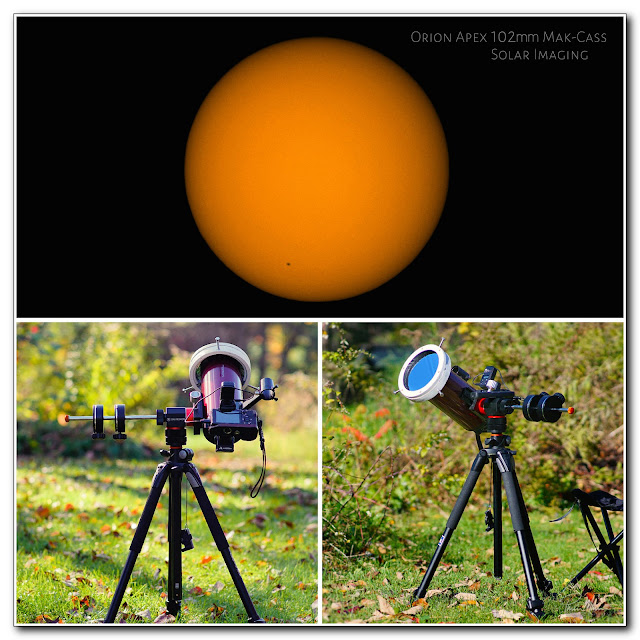A Short Solar System Imaging Session

M y previous two blog entries were about this same topic but with different images shot on the same day (earlier in the day during daylight) with the same equipment. These few latest blog entries are about revisiting some older videos and images in an effort to understand a new software program meant for processing this type of imaging data. This time around in this blog entry, I'll share the resulting images of some planets and our moon that Sheila and I observed that evening. In case you haven't yet read the couple of previous blog entries, these photos in this blog entry are from a short imaging session I had with Sheila back in November. We observed the moon, Jupiter, Saturn and Venus. I think we were only out there for less than a half hour but we came back into the house rather cold since it was a brisk 40 degrees or so. That is about my limit on tolerating cold weather and, even then, I don't want to be out longer than a few minutes. __________...
